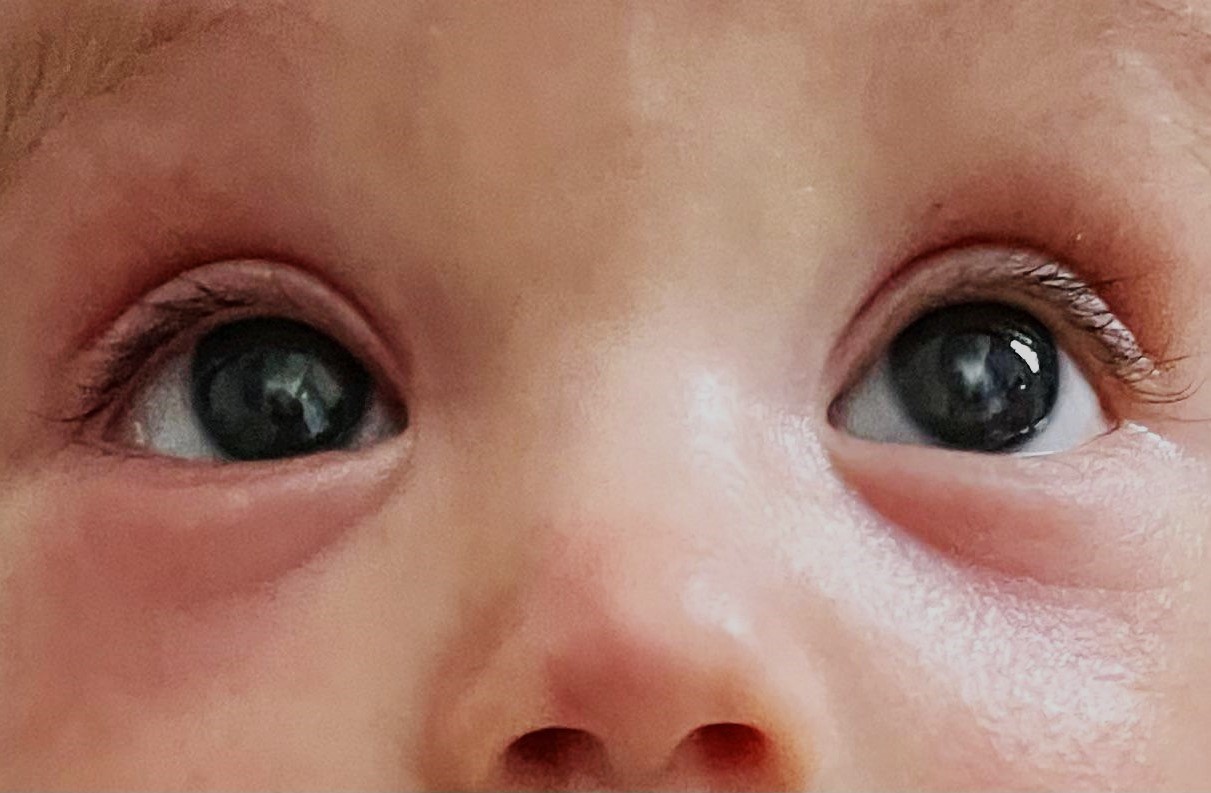
Muscular Dystrophy Congenital Infantile Cataract Hypogonadism is a rare genetic disorder that affects multiple systems in the body. This condition combines muscle weakness, eye problems, and hormonal issues. Muscular dystrophy leads to progressive muscle degeneration, making everyday activities challenging. Congenital infantile cataract causes clouding of the eye's lens from birth, potentially leading to vision loss if untreated. Hypogonadism results in reduced hormone production, impacting growth and development. Understanding these interconnected symptoms is crucial for managing the condition effectively. This article will provide 30 essential facts to help you grasp the complexities of this disorder, offering insights into its causes, symptoms, and treatments.
Key Takeaways:
- Muscular Dystrophy is a group of genetic disorders causing muscle weakness. Each type affects different muscles. Early intervention and genetic counseling are crucial for managing the condition.
- Congenital infantile cataract and hypogonadism can intersect with Muscular Dystrophy, leading to complex medical challenges. Multidisciplinary care involving specialists is essential for managing these interconnected conditions.
Understanding Muscular Dystrophy
Muscular Dystrophy (MD) refers to a group of genetic disorders characterized by progressive muscle weakness and degeneration. Each type of MD affects different muscle groups and varies in severity.
- Duchenne Muscular Dystrophy (DMD) is the most common form, primarily affecting boys.
- Becker Muscular Dystrophy (BMD) is similar to DMD but progresses more slowly.
- Myotonic Dystrophy affects muscles and other systems, including the heart and eyes.
- Facioscapulohumeral Muscular Dystrophy (FSHD) affects muscles of the face, shoulders, and upper arms.
- Limb-Girdle Muscular Dystrophy (LGMD) affects the muscles around the hips and shoulders.
- Emery-Dreifuss Muscular Dystrophy (EDMD) often leads to joint contractures and heart problems.
- Congenital Muscular Dystrophy (CMD) appears at birth or in early infancy.
- Oculopharyngeal Muscular Dystrophy (OPMD) affects the muscles of the eyes and throat.
- Distal Muscular Dystrophy affects the muscles of the hands, feet, lower arms, and lower legs.
- Dystrophin is a protein that helps keep muscle cells intact, and its absence or malfunction causes many types of MD.
Congenital Infantile Cataract
Congenital infantile cataract is a clouding of the eye's lens present at birth or developing in early childhood. It can significantly impact vision if not treated promptly.
- Cataracts can be caused by genetic mutations, infections during pregnancy, or metabolic disorders.
- Symptoms include a white or gray pupil, poor vision, and eye movement issues.
- Diagnosis often involves a thorough eye examination and imaging tests.
- Treatment usually requires surgery to remove the cloudy lens.
- Post-surgery care includes wearing an eye patch and using special contact lenses or glasses.
- Early intervention is crucial to prevent permanent vision loss.
- Genetic counseling can help families understand the risk of recurrence in future pregnancies.
- Regular follow-ups are necessary to monitor vision development and address any complications.
Hypogonadism
Hypogonadism is a condition where the body's sex glands produce little or no hormones. It can affect both males and females, leading to various health issues.
- Primary hypogonadism originates from problems in the gonads (testes or ovaries).
- Secondary hypogonadism is due to issues in the hypothalamus or pituitary gland.
- Symptoms in males include reduced facial and body hair, muscle mass loss, and erectile dysfunction.
- Symptoms in females include irregular or absent menstrual periods, hot flashes, and decreased libido.
- Diagnosis involves blood tests to measure hormone levels.
- Treatment may include hormone replacement therapy (HRT).
- Lifestyle changes such as diet and exercise can help manage symptoms.
- Bone density can be affected, increasing the risk of osteoporosis.
- Fertility issues are common but can sometimes be treated with medication or assisted reproductive technologies.
- Psychological support is important as hypogonadism can impact mental health and self-esteem.
The Intersection of These Conditions
Muscular dystrophy, congenital infantile cataract, and hypogonadism can sometimes intersect, leading to complex medical challenges.
- Genetic syndromes such as Myotonic Dystrophy can involve muscle weakness, cataracts, and hypogonadism.
- Multidisciplinary care is essential for managing these interconnected conditions, involving specialists in genetics, ophthalmology, endocrinology, and neurology.
Final Thoughts on Muscular Dystrophy Congenital Infantile Cataract Hypogonadism
Muscular Dystrophy Congenital Infantile Cataract Hypogonadism is a complex condition that affects many aspects of a person's health. Understanding the symptoms, causes, and treatment options can help those affected and their families manage the condition more effectively. Early diagnosis and intervention are crucial for improving quality of life. While there is no cure yet, ongoing research offers hope for better treatments in the future. Staying informed and connected with healthcare professionals and support groups can make a significant difference. Remember, knowledge is power, and being proactive in seeking information and support can lead to better outcomes. Keep an eye on new developments and never hesitate to ask questions or seek help when needed.
Frequently Asked Questions
Was this page helpful?
Our commitment to delivering trustworthy and engaging content is at the heart of what we do. Each fact on our site is contributed by real users like you, bringing a wealth of diverse insights and information. To ensure the highest standards of accuracy and reliability, our dedicated editors meticulously review each submission. This process guarantees that the facts we share are not only fascinating but also credible. Trust in our commitment to quality and authenticity as you explore and learn with us.
